Emergence of Smart Home Devices
The emergence of smart home devices is reshaping the Audio IC Market. As consumers increasingly adopt smart home technologies, the demand for audio ICs that facilitate seamless integration with these devices rises. In 2025, the smart home market is projected to grow at a compound annual growth rate of around 10%, indicating a robust demand for audio solutions that enhance home automation. Audio ICs are essential for enabling voice recognition, streaming capabilities, and multi-room audio systems in smart homes. This trend compels manufacturers to innovate and produce audio ICs that are compatible with various smart home ecosystems, thereby driving growth in the Audio IC Market. The convergence of audio technology and smart home solutions presents significant opportunities for market players.
Advancements in Audio Technology
Technological advancements play a pivotal role in shaping the Audio IC Market. Innovations in audio processing, such as digital signal processing (DSP) and high-resolution audio formats, are becoming increasingly prevalent. These advancements enable manufacturers to develop audio ICs that deliver superior sound quality and performance. In 2025, the market for high-resolution audio is expected to expand significantly, with a projected growth rate of around 8%. This trend indicates a shift towards premium audio experiences, compelling manufacturers to invest in research and development to create cutting-edge audio IC solutions. As a result, the Audio IC Market is likely to witness a transformation, characterized by enhanced audio fidelity and immersive listening experiences.
Growth of Automotive Audio Systems
The Audio IC Market is significantly influenced by the growth of automotive audio systems. As the automotive sector increasingly integrates advanced audio technologies into vehicles, the demand for high-performance audio ICs escalates. In 2025, the automotive audio market is anticipated to grow at a rate of approximately 7%, driven by consumer preferences for enhanced in-car entertainment experiences. This trend is further supported by the rise of electric vehicles, which often feature sophisticated audio systems. Consequently, manufacturers are focusing on developing audio ICs that cater to the unique requirements of automotive applications, thereby expanding the Audio IC Market. The integration of audio ICs in vehicles not only enhances sound quality but also contributes to the overall driving experience.
Surge in Consumer Electronics Demand
The Audio IC Market experiences a notable surge in demand driven by the increasing consumption of consumer electronics. As devices such as smartphones, tablets, and laptops become ubiquitous, the need for high-quality audio components intensifies. In 2025, the consumer electronics sector is projected to grow at a compound annual growth rate of approximately 6.5%, which directly influences the Audio IC Market. This growth is further fueled by the rising popularity of streaming services and portable audio devices, necessitating advanced audio integrated circuits to enhance user experience. Consequently, manufacturers are compelled to innovate and produce more sophisticated audio ICs to meet the evolving demands of consumers, thereby propelling the Audio IC Market forward.
Rising Popularity of Gaming Audio Solutions
The rising popularity of gaming audio solutions is a key driver for the Audio IC Market. As the gaming industry continues to expand, the demand for high-quality audio experiences in gaming applications grows. In 2025, the gaming audio market is expected to witness a growth rate of approximately 9%, fueled by the increasing adoption of virtual reality and immersive gaming experiences. This trend necessitates the development of advanced audio ICs that can deliver spatial audio and realistic soundscapes. Manufacturers are likely to focus on creating audio ICs that cater specifically to the gaming sector, thereby enhancing the overall gaming experience. The Audio IC Market stands to benefit significantly from this trend, as gamers seek superior audio performance to complement their gaming activities.
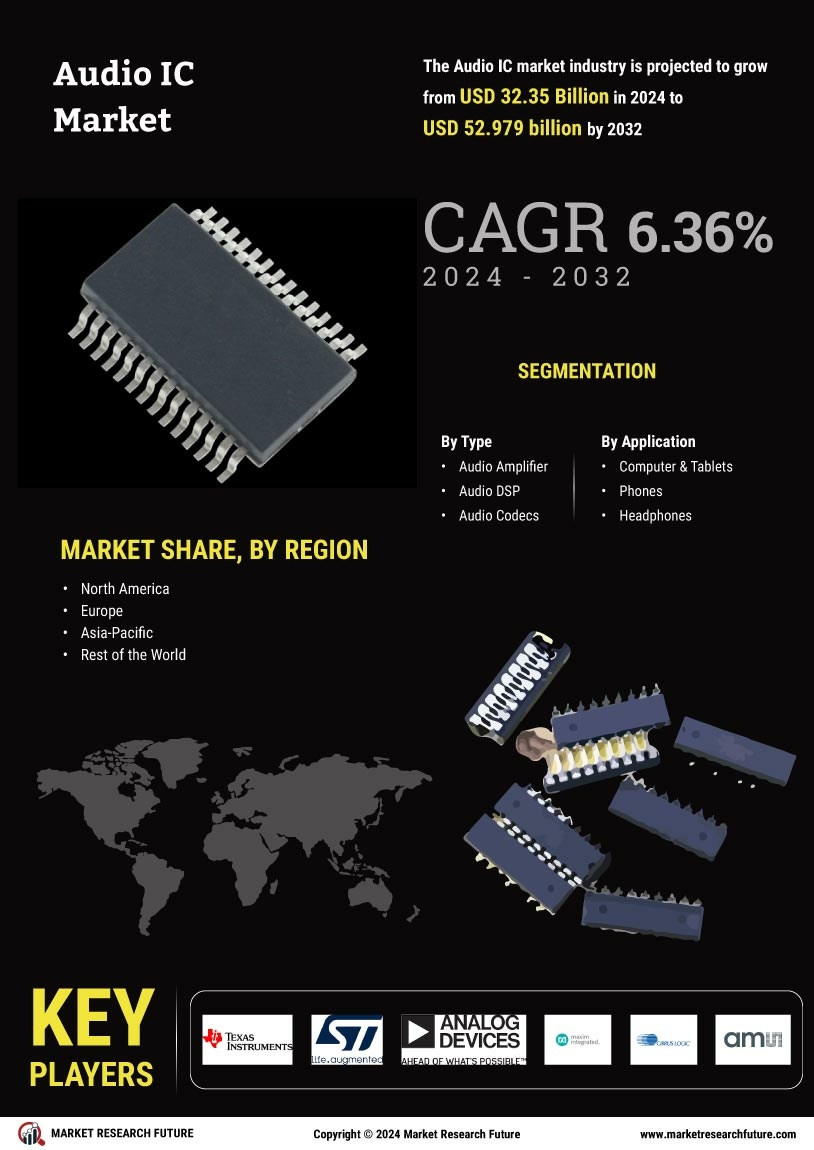
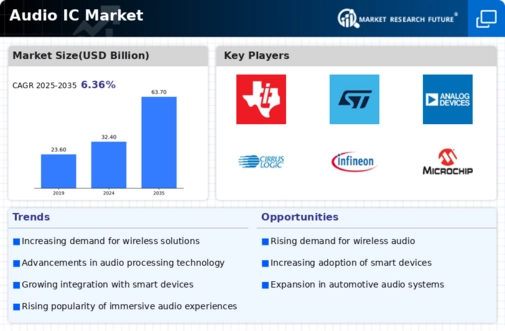
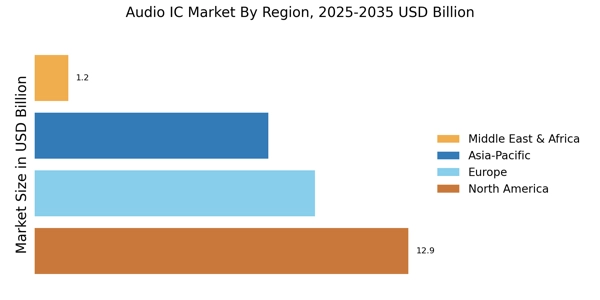
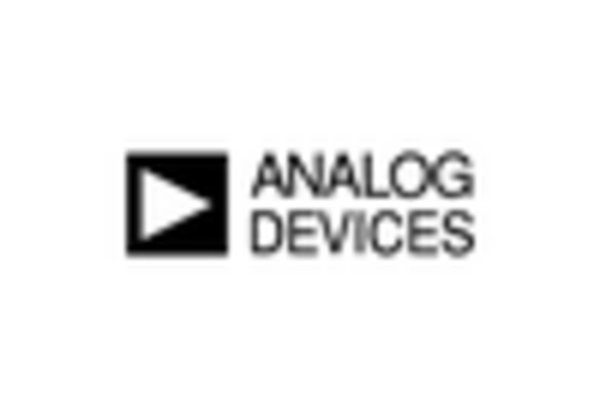
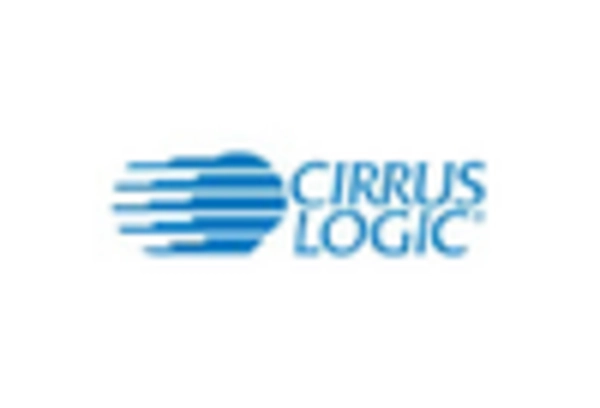
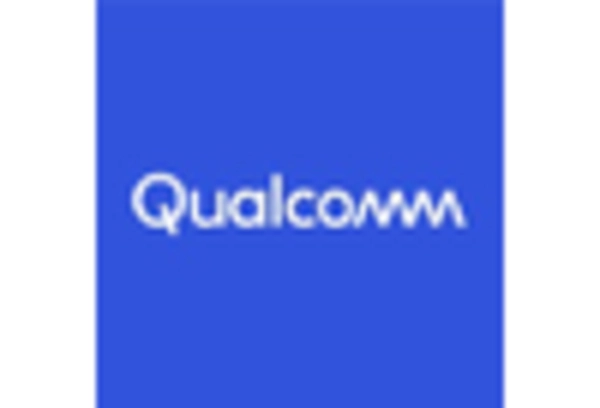

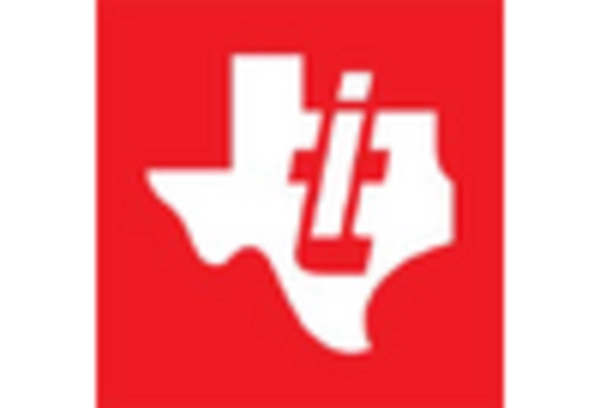








Leave a Comment